Elephants, Amboseli National Park
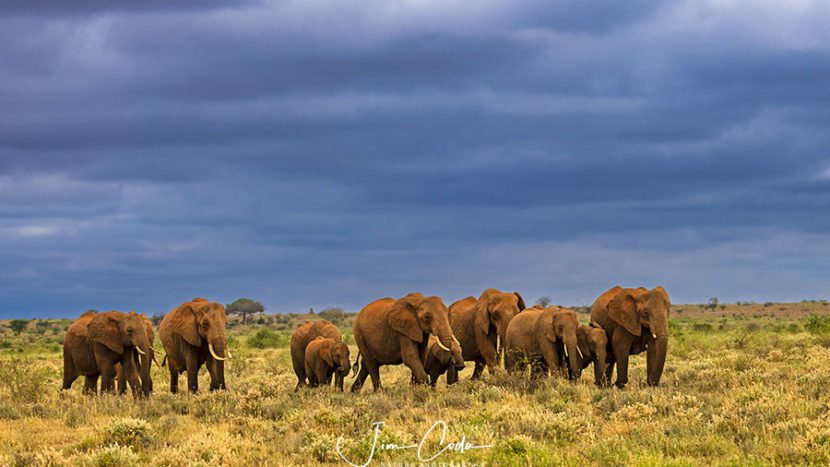
A family of elephants walks toward a marsh in Amboseli National Park.
This site is dedicated to wildlife and landscape photography.
This site is dedicated to wildlife and landscape photography.
This site is dedicated to wildlife and landscape photography.

A family of elephants walks toward a marsh in Amboseli National Park.
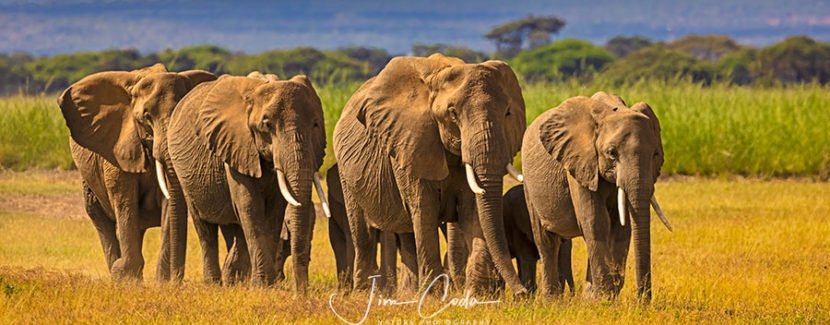
A family of elephants walks toward a marsh in Amboseli National Park. The marshes are fed by springs and seemed to be in good shape when I was there this past June.
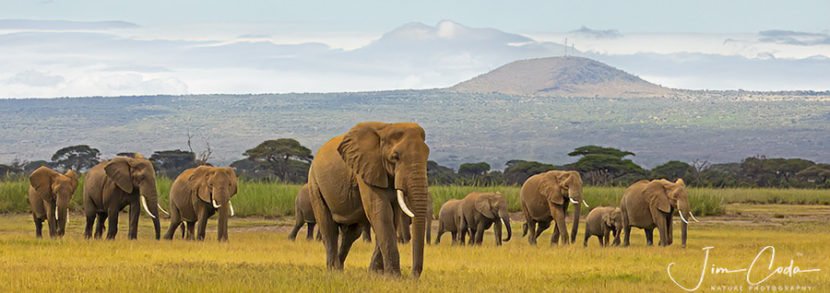
A line of elephants heads toward one of the many wetlands in Amboseli National Park. If you want to see elephants while in Kenya, you go to Amboseli National Park. Amboseli has 1,600 elephants. It was always easy to find elephants to photograph there. Chobe National Park in Botswana has the most though, with 120,000 elephants. Wow.
Back in late 2007 a photographer by the name of Jim Goldstein invited other photographers to do blogs showing their 10 best photographs of that year and to send him a link to their blogs which he would then add to a list of the blogs of all who were participating. It was a great service to all who appreciated good photography. It gave me a handy list of photographers (mostly nature photographers) so I could easily look at what they were doing and how my work compared to theirs. I participated a couple of times, but somehow forgot about it. I saw a notice about it recently and decided to participate again.
2018 for me was highlighted by a trip to Tanzania hosted by the African Wildlife Foundation (Craig Sholley) and Nature’s Best Photography (Jeff Vanuga). They hired Thomson Safaris to deliver all the necessary services such as camps, food, drivers etc. All three were superb. I also made my regular trips to Point Reyes National Seashore, which is a short drive from my home.
Jim Goldstein used to ask that you list your 10 “best” photos. The limit of 10 was not strictly followed by most and Jim seems to have de-emphasized it nowadays. Picking what you think are your “best” photos is not easy. So, below is a list of “some” of my “favorite” photos of 2018 in no particular order.
Finally, Jim’s list of links won’t be out until about the second week in January and when it comes out I’ll insert a link here. here it is: https://www.jmg-galleries.com/blog/2019/01/08/photos-2018-jmggalleries-blog-readers/
For now, you can go to his blog touting the 2018 round and linking to all the previous rounds all the way back to 2007 by clicking here. Thanks Jim!
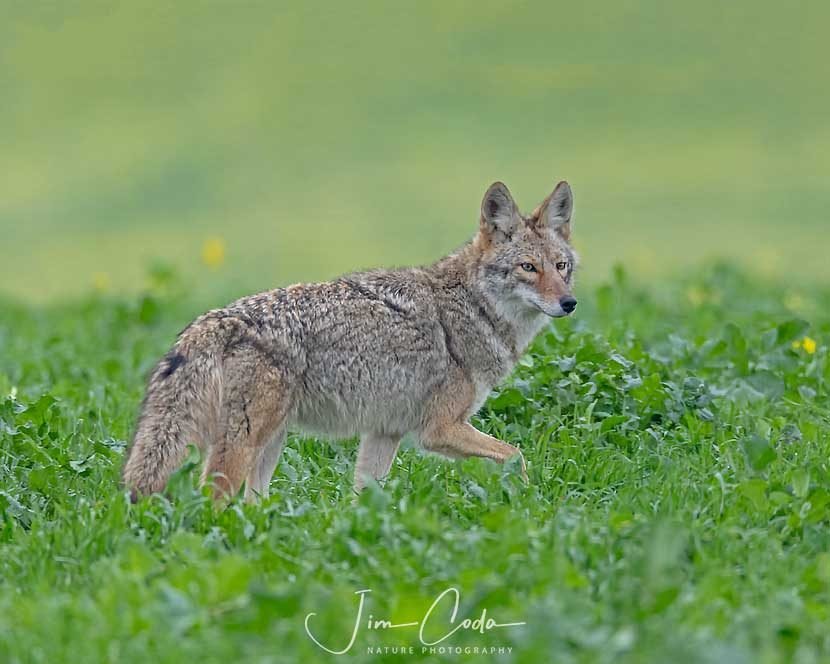
Coyote, Point Reyes National Seashore

Leopard, Serengeti National Park

Bobcat with Damaged Eye, Point Reyes National Seashore

Wildebeest Crossing Mara River, Serengeti National Park

Two Cheetahs Rest, Serengeti National Park
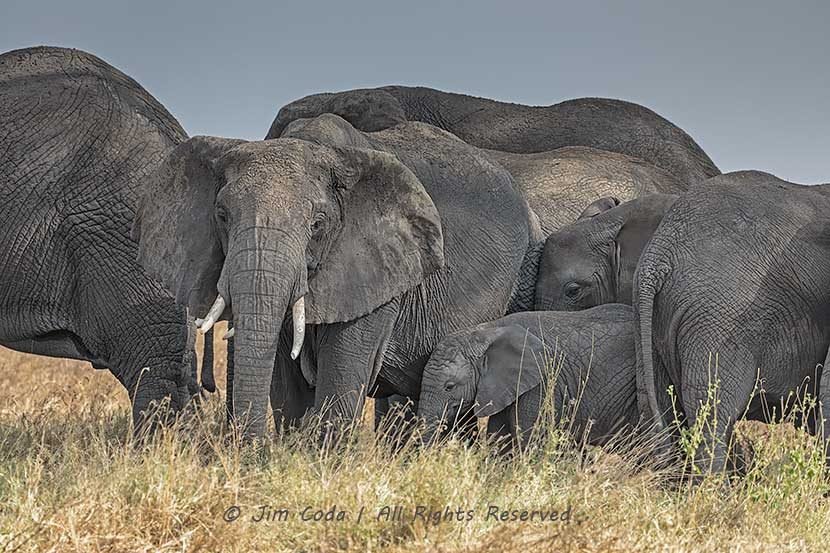
Mother Elephants and Calves, Serengeti National Park, Tanzania
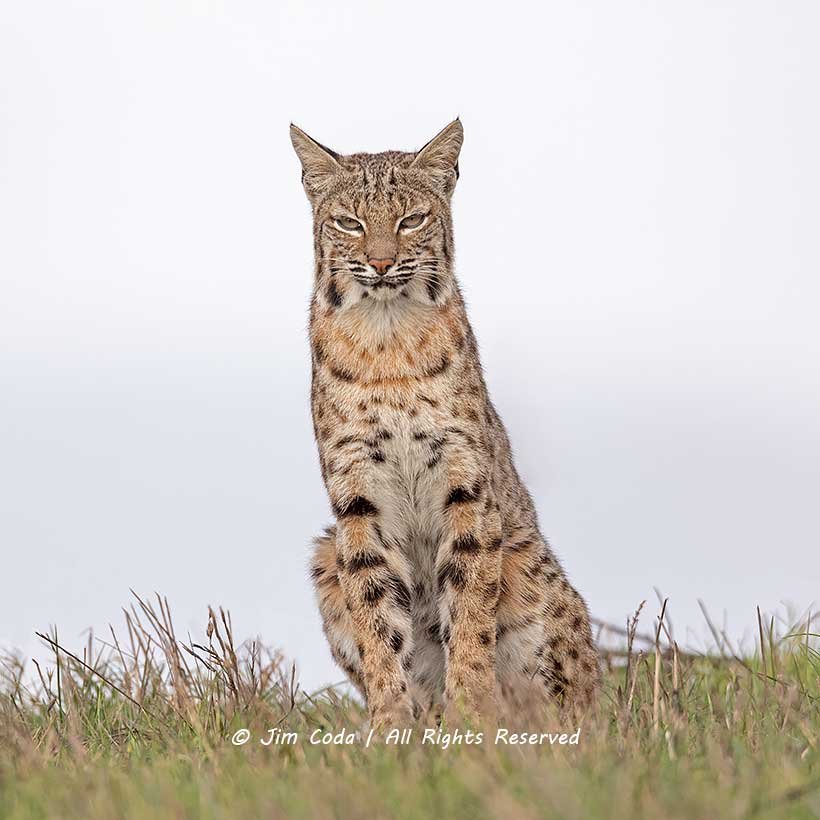
Bobcat, Point Reyes National Seashore
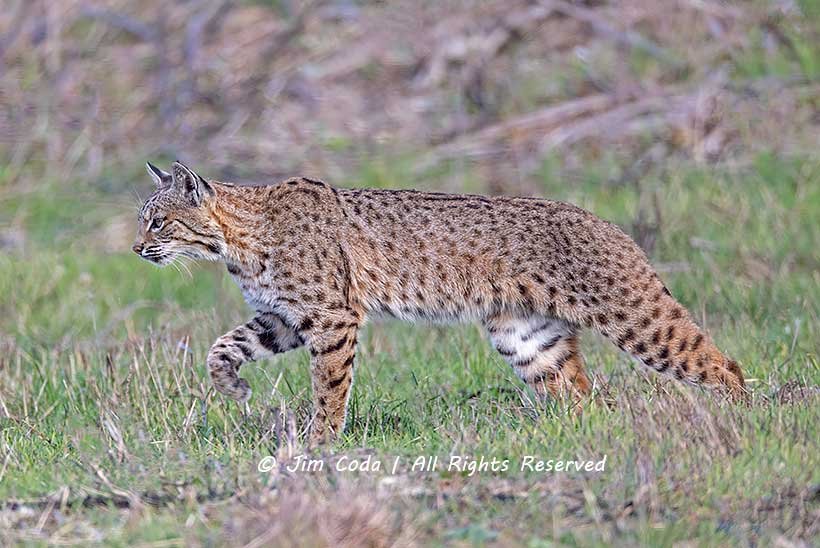
Bobcat, Point Reyes National Seashore
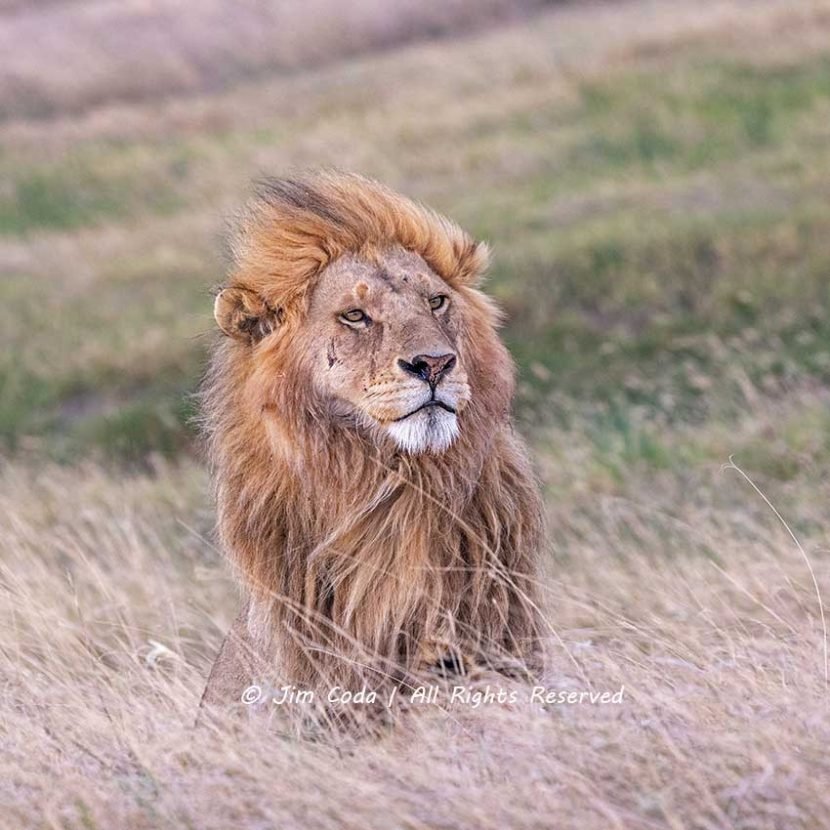
Male African Lion, Serengeti National Park
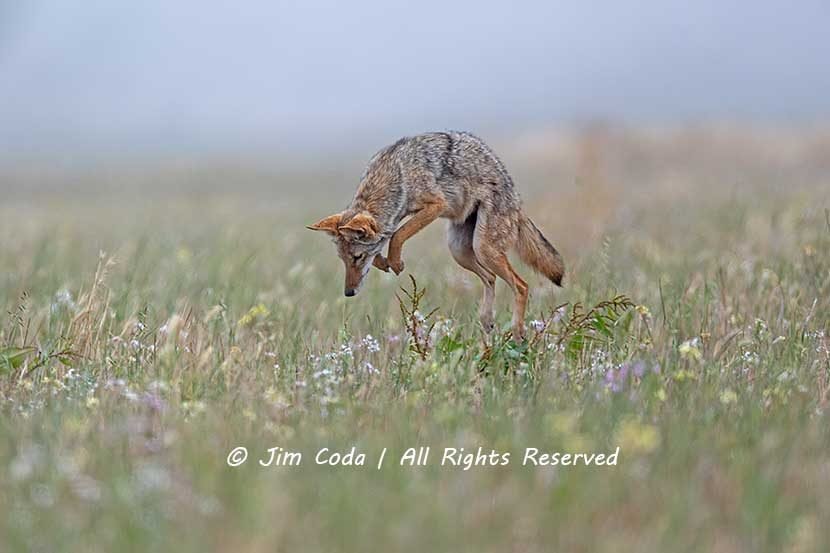
Coyote, Point Reyes National Seashore
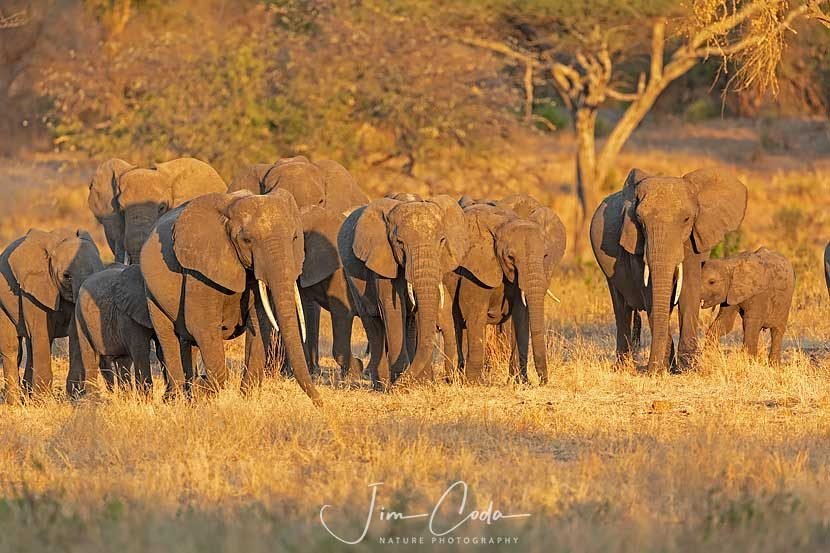
Elephants, Tarangire National Park
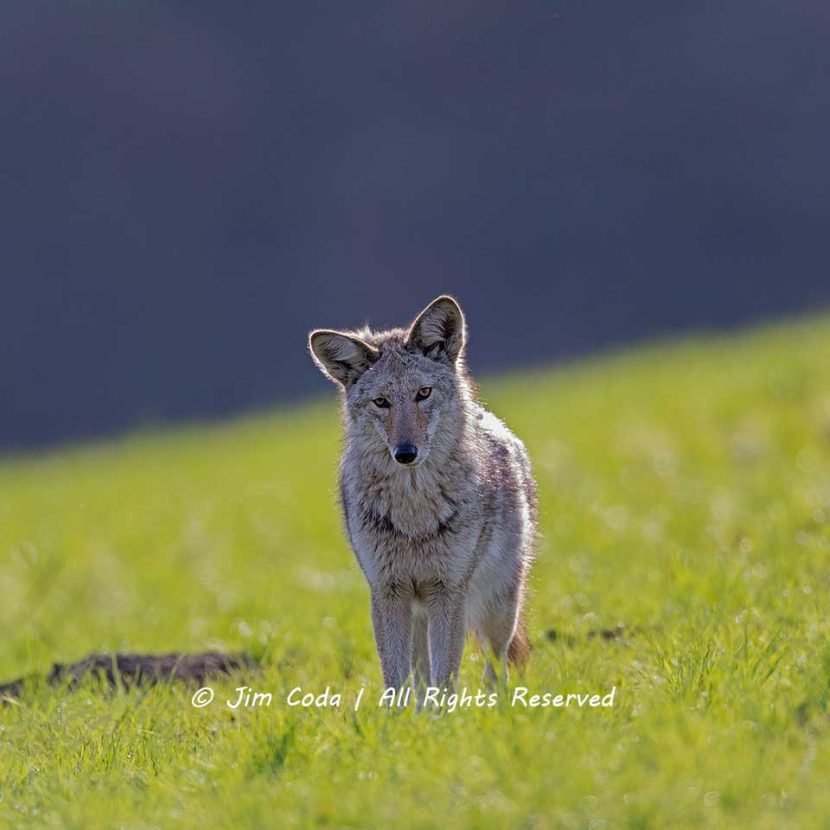
Coyote, Point Reyes National Seashore
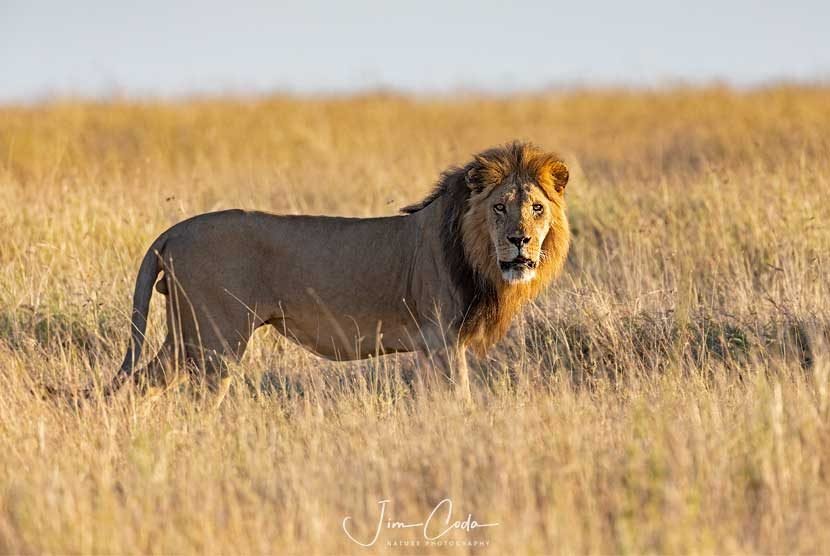
Male Lion, Serengeti National Park
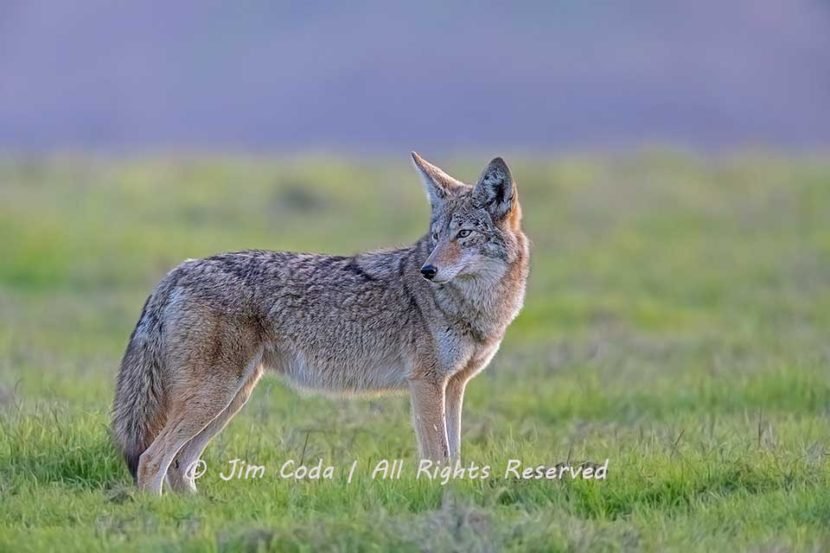
Coyote, Point Reyes National Seashore
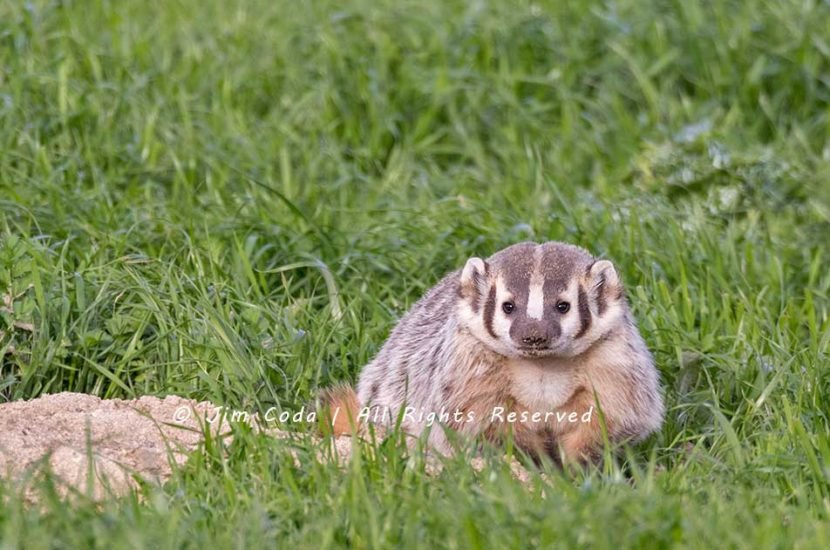
Badger, Point Reyes National Seashore
A herd of elephants passes in Tarangire National Park.
When I booked a trip to Tanzania last summer I already knew something about Serengeti National Park, but there was another park on the itinerary that I had never heard of. That park is Tarangire National Park. It is the third largest park in Tanzania. It is known mostly for its elephants and baobab trees and it has both in abundance. Here is a photo from my first day in the park. The photo was taken at dusk near the Tarangire River. This is just a small group of elephants out of a herd of somewhere between fifty and one hundred animals.
For a larger version of this photo, click on my portfolio.

Mother elephants keep their calves close to them.
Elephant mothers are extremely protective of their calves. They keep their calves close to them. They are often helped by their other daughters or sisters.
On my recent safari we saw how upset a mother can get when she is separated from her calf. I don’t know how it happened, but we were watching a small herd cross in front of us when one of the elephants started trumpeting bloody murder. She ran back toward where she and the rest of the herd had been just moments before. Then we saw this little one running toward her. She let that little calf know in no uncertain terms that it better never fail to follow her again when she and the herd moves on. It was a very clear tongue-lashing.
For a larger image, especially on your desktop monitor, click on my portfolio site.

This bull has shed his antlers and has the beginnings of new ones. Recently, I posted some photos of two bull elk fighting at Tomales Point and said that some bulls were already shedding their antlers. That was based on having seen several bulls in the Limantour herd that had shed one or both antlers, including the subject elk. However, last Saturday I was at the Tomales Point Elk Reserve and noticed that none of the bulls that I saw had shed any antlers. That surprised me. For some reason the Limantour herd seems to be shedding antlers earlier than the larger Tomales Point herd.
At this time of year the Park Service has to be on the lookout for people who collect antlers to sell. That is against the law. Yet, people do it knowing it is illegal. There must be enough money in it for some people to break the law. It could be worse. I mean they aren’t killing the elk for the antlers. Countless animals are killed illegally every day for one or more body parts that are marketable. This happens to many species. The ones that come to mind for me now are sharks, bears, tigers and elephants, but there are many more.
